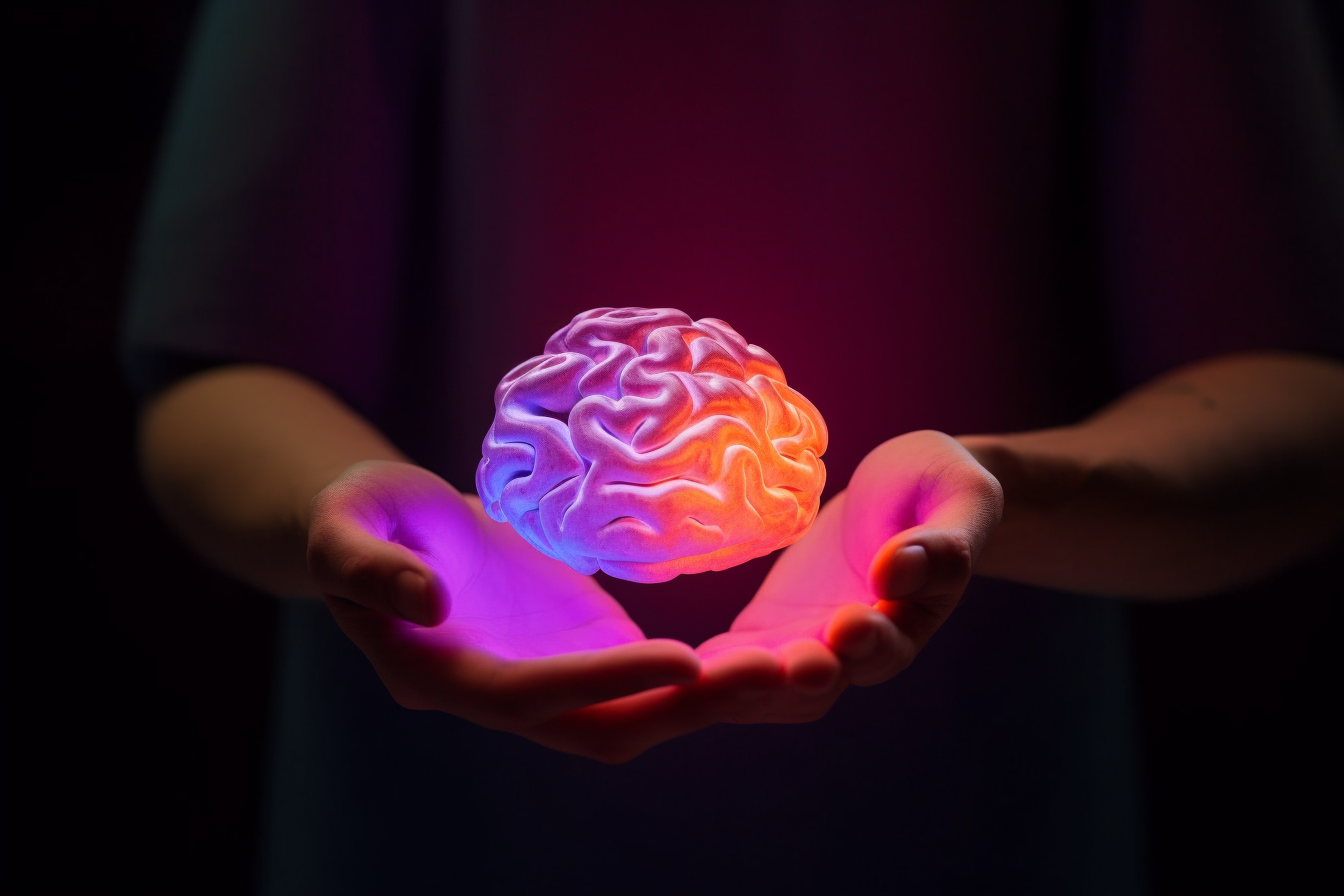gamification is making such a significant impact in L&D and HR departments worldwide that the market is expected to grow from 9.1 billion USD in 2020 to 30.7 billion USD in 2025.
Moreover, according to eLearning Industry, gamification has the potential to improve a company’s productivity by combining duties and corporate goals with awards and recognition, which is why over 200 multinational companies such as Google, Formaposte, and Domino’s have begun to invest heavily in it.
For CanopyLAB, it is essential not only to keep up with the latest trends but also to ensure HR departments globally have access to these wonderful tools, which is why our eLearning and AI Departments have come up with new exercises and features that we have been unveiling this year. The newest exercise is Sequential Brainstorming.
What is sequential brainstorming?
This exercise is based on procedural rhetoric for how learners translate their curiosity or experience into systematic brainstorming and subsequent problem formulation.
This exercise is based on procedural rhetoric for how learners translate their curiosity or experience into systematic brainstorming and subsequent problem formulation.
The Sequential Brainstorming exercise consists of two brainstorming sequences:
Sequence 1: Learners brainstorm eight main headings or categories during a fixed timeframe. If the group does not finish within time, they can start over now with more time.
Sequence 2: During a fixed timeframe, 15 subheadings or words are brainstormed for each of the eight fields. Each word has to relate to the field’s main heading/category. The goal is to get as many words and concepts as possible, so the group has something to discuss. Just like with the first sequence, if they can’t finish in the allotted time, they are allowed to start again but with more time.
How do I use it?
Sequential Brainstorming is used to help learners to focus on brainstorming without going into depth with a discussion, thereby easily blocking new ideas and thoughts. They brainstorm within a fixed time frame to support a fast process of thinking from which ideas are not sorted.
An important benefit of this type of exercise is that everyone in the group has the opportunity to participate and share their thoughts without the fear of ridicule or judgment.
Overall, adaptive learning can enable learners to learn differently and achieve greater success by catering to their individual learning needs. At CanopyLAB, we use the adaptive Entrance Quiz to set the foundation for our adaptive course elements. You can read more about that quiz below.
An important benefit of this type of exercise is that everyone in the group has the opportunity to participate and share their thoughts without the fear of ridicule or judgment.
Tips
- Choose a subject for which learners can quickly give many ideas, problems, values, or theoretical concepts.
- Remember that the emphasis of this exercise is for learners to focus and get as many ideas, problems, values, or theoretical concepts in the least amount of time. The outcome is not going to be perfect.
- A Mindmap exercise could complement this exercise to organize what was previously brainstormed.
- Don’t ask factual questions – and no right or wrong questions.
What is the purpose of this exercise?
This exercise aims to generate ideas about a specific topic or problem. Once the brainstorming is completed, they process the results through mind maps. In this phase, all elements are discussed and evaluated by connecting words. The discussion should focus on identifying a relevant problem. The interaction between the two stages – brainstorming and mindmap, allows them to stay focused – one task at a time.
This is one of our most recent exercises, and we are sure it will add value and enjoyment to your courses and training programs. Stay tuned to our blog and social media to find out everything else we have in store for you, and don’t hesitate to reach out to one of our eLearning creators if you need ideas to implement this new exercise.



